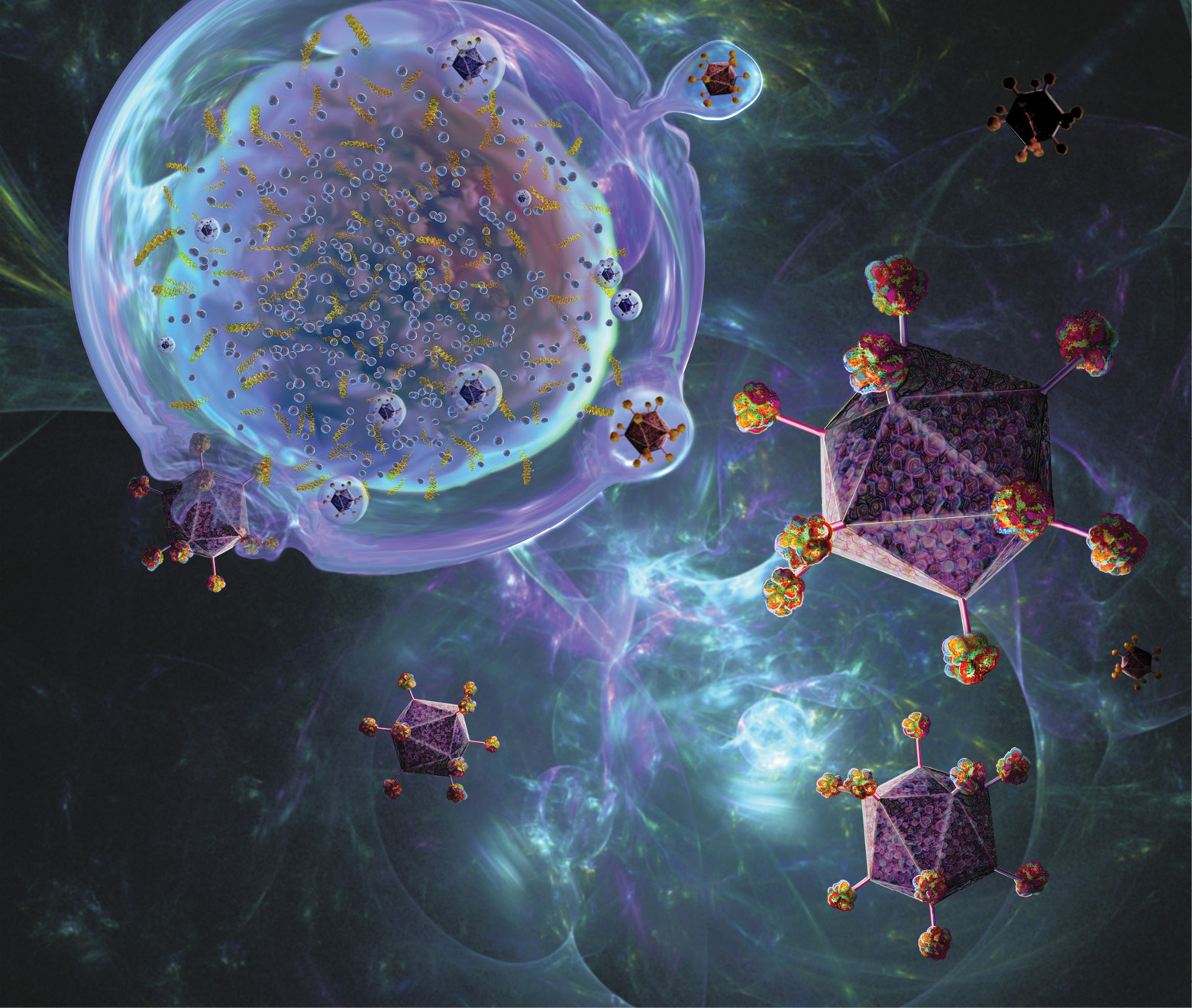CAR T cells are normal white blood cells that have been genetically engineered in a laboratory to make them more effective cancer fighters. Using your own cells and your body’s defense system—your immune system—to treat cancer is called immunotherapy. After many years of research and clinical trials, CAR T-cell immunotherapy has become mainstream. It is saving lives and prolonging survival for many adults and children who would not have survived in the past.
Understanding CAR T
CAR is an acronym for chimeric antigen receptor. The word chimeric refers to a cell that has an added gene. An antigen is a type of protein found on the surface of a cell, including cancer cells. T cells normally search out and destroy foreign bodies like germs, by binding to an antigen with a receptor, penetrating the cell and destroying it.
But T cells are not that great at finding and destroying cancer cells. Over the past 10 years, cancer researchers have figured out a way to help them. T cells can now be removed from the blood and sent to a lab, where they are genetically engineered with a new gene that lets them find a known cancer cell antigen.
The first cancer that researchers designed T cells to attack was the most common cancer in children, acute lymphoblastic leukemia (ALL). About 80 percent of children with ALL can be successfully treated with conventional chemotherapy, but for the 20 percent who don’t respond or who relapse, the future looked bleak.
In 2017, CAR T-cell immunotherapy became an option because clinical trials showed that it could destroy resistant or recurrent ALL cancer cells when chemotherapy failed. Since then, CAR T-cell immunotherapy has been approved to treat lymphomas (cancers of the lymphatic system) and multiple myeloma (cancer of the blood forming cells inside bones).
The procedure
CAR T-cell immunotherapy therapy begins with a procedure called leukapheresis. Whole blood is removed and passed through a machine that removes lymphocytes, which are circulating cells of the immune system. The remaining blood is then pumped back into the blood stream. The lymphocytes are sent to a lab, where the T-cell subset is selected and genetically modified to recognize one of two cancer antigens, called CD19 or BCMA. This process can take several weeks. During that time, millions of CAR T cells can be grown.
While waiting for the CAR T cells to be ready, patients may be given chemotherapy or radiation therapy, called bridge therapy. Before the new cells are transfused, a type of chemotherapy that depletes other white blood cells is used to prevent the immune system from rejecting the new CAR T cells.
After the CAR T cells are infused back, patients may stay in the hospital for several days to watch for any side effects. The CAR T cells will continue to multiply inside the body, so repeat infusions are not needed. They will continue to fight cancer and many will be able to recognize and attack cancer cells that come back over time. This is why CAR T-cell immunotherapy is called a living drug.
Benefits
Before CAR T-cell therapy, patients who failed to respond to treatment or relapsed after other treatments did not have available therapies. Many patients without available effective treatments did not survive for even one year.
CAR T-cell immunotherapy has been called a revolutionary treatment because about 60 to 80 percent of these patients can now become cancer free, called a complete remission, and 40 to 50 percent remain cancer free for one year and beyond.
This may be just the tip of the iceberg. There are hundreds of CAR T-cell clinical trials going on now that may allow CAR T cells to be used earlier, or even as a first treatment. These trials may also expand the number of cancers that can be treated.
Risks
Normally, T cells release a chemical messenger called cytokine that stimulates immune system inflammation. Inflammation is the immune system’s way of fighting cancer or infection. But many millions of CAR T cells can release too many cytokines and cause too much inflammation. This is a sign that the treatment is working, but it is also the cause of a major risk from CAR T-cell therapy called cytokine release syndrome (CRS).
Some studies have found that CRS occurs in about 30 percent of patients. It may occur soon after treatment and cause low blood pressure, high fever, and difficulty maintain oxygen levels. Fortunately, cancer doctors have learned how to manage CRS with steroids and other anti-inflammatory drugs for the vast majority of patients.
The other major risk is inflammation of the nervous system, called immune effector cell-associated neurotoxicity syndrome (ICANS). ICANS can cause sudden confusion, speech difficulties, balance problems, difficulty swallowing, headaches, tremors, and fatigue. Doctors can manage ICANS with anti-inflammatory meds, and the symptoms tend to go away over several months.
The future
Three factors that are preventing CAR T-cell therapy from moving into a front-line treatment:
- the time it takes to start treatment
- the side effects
- the expense.
A single treatment can cost several hundred thousand dollars. That cost should come down over time, and doctors are learning how to treat and reduce the side effects. One plan for shortening time to treatment is to get T cells from healthy patients and have them ready to go like we do with blood banks.
For now, T cells can only be used on cancers that have an identified antigen they can find and bind. A big part of current research is to identify more cancer antigens for CAR T-cells to find. Early research suggests that there may be targets for solid tumors like brain cancer and lung cancer, and the currently available CAR T-cells used for lymphomas are being investigated in tough-to-treat inflammatory diseases like lupus and MS. CAR T-cell therapy is already a remarkable breakthrough, but it has the potential to be even better.


